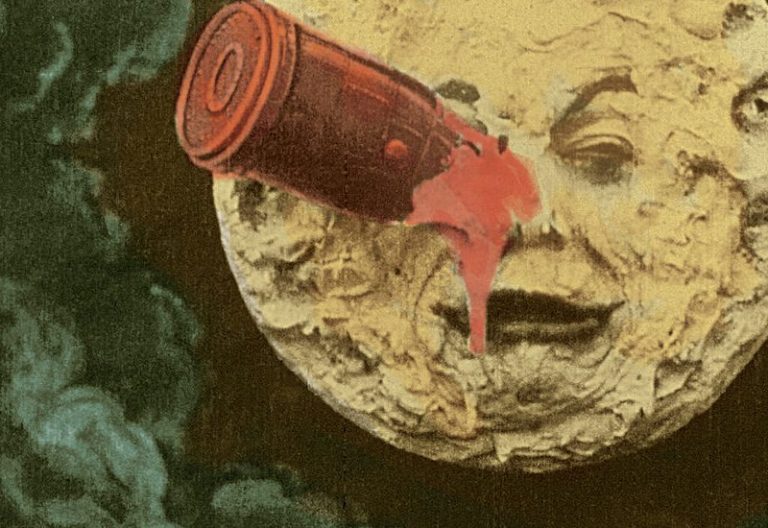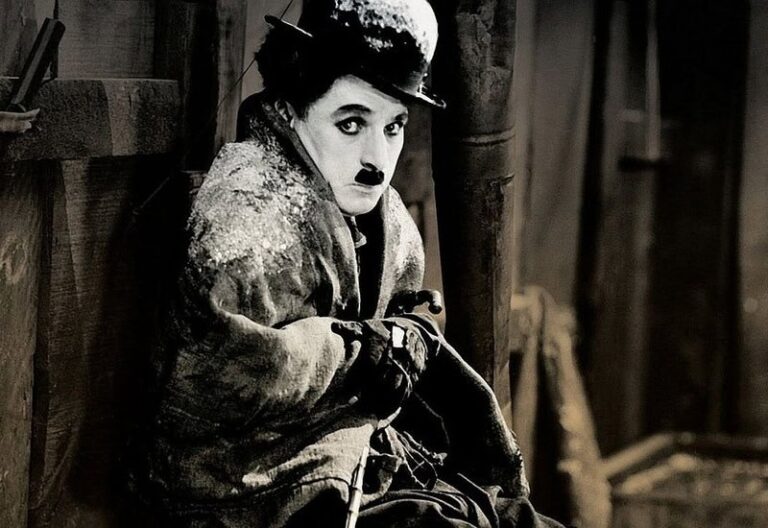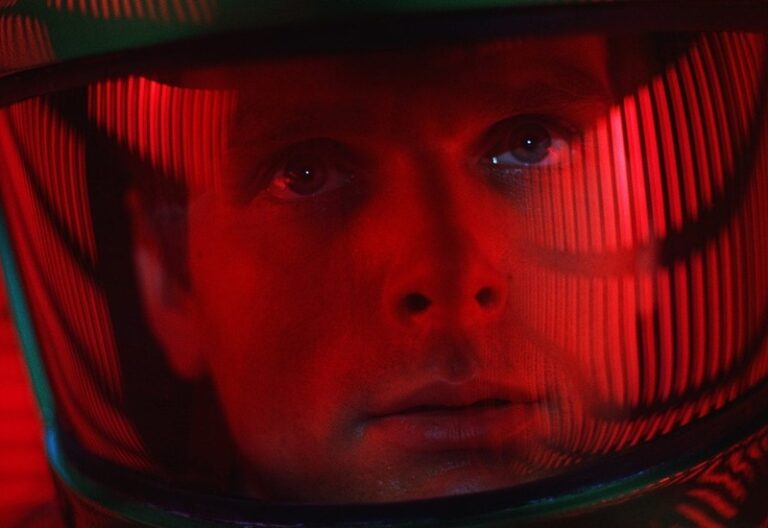an introduction to film criticism
Film criticism is an essential part of cinema, serving as a bridge between filmmakers and audiences. It focuses on analyzing, evaluating, and interpreting films, while providing insights into their artistic, cultural, and technical aspects. From professional critics in esteemed publications to everyday moviegoers sharing their thoughts online, it helped shaping our understanding of cinema.
Published by: CinemaWaves Team | Filed Under: Film Blog
What is Film Criticism?
Film criticism goes beyond the simple task of rating a movie as good or bad, one or ten. It involves a thorough evaluation of a film’s artistic qualities such as direction, acting, cinematography, editing, and sound design. Critics also explore the narrative structure, thematic richness, and emotional impact of a film. By doing so, they help audiences by highlighting works that might otherwise be overlooked and contextualizing those that become cultural phenomena.
Historically, film critics have held significant sway in the industry. Influential figures like Pauline Kael, Roger Ebert, and Andre Bazin not only shaped public opinion but also influenced filmmakers themselves. Their reviews could elevate a small independent film to success or bring critical attention to the work of an emerging director. For decades, film reviews in newspapers and magazines were a primary source of information for audiences.
Film criticism has evolved alongside the medium itself. In the early days of cinema, reviews were often simplistic, focusing on the novelty of moving pictures. As the art form matured, so too did the criticism surrounding it. The emergence of auteur theory in the 1950s and 60s, shifted the focus toward directors as the primary creative force behind a film, leading to more in-depth analyses of a filmmaker’s body of work.
Digital age, as well, brought a significant changes to film criticism. The internet democratized the field, allowing anyone with an opinion to be heard. This shift led to a broader spectrum of voices and perspectives but also to debates about the reliability and quality of online reviews. Websites like Rotten Tomatoes and Metacritic aggregate critic scores, providing a general consensus, while platforms like YouTube and Letterboxd have given rise to a new generation of film critics who connect with audiences through videos, podcasts, and social media.


The Impact and Importance of
Film Criticism
For filmmakers, critical reception can impact box office performance, awards consideration, and their future opportunities within the industry. A glowing review from a respected critic can boost a film’s visibility, while negative critiques might prompt revisions in future projects or even affect a studio’s decision to fund similar films. Historically, this influence was notably seen in the mid-20th century when a group of French film critics, who wrote for the magazine Cahiers du Cinéma, began advocating for new, more personal approaches to filmmaking. Their critiques and theoretical writings laid the foundation for what became known as the French New Wave, a movement that revolutionized cinema with its innovative techniques and focus on auteur-driven storytelling.
For audiences, film criticism serves as a guide. With the sheer number of films released each year, it can be overwhelming to choose what to watch. Critics help by offering recommendations, setting expectations, and providing context that enhances the viewing experience. They also foster discussion, encouraging viewers to think critically about what they watch and engage with films on a deeper level.
However, the relationship between critics and audiences is not always straightforward. Critics might praise films that challenge conventional tastes or push artistic boundaries, while mainstream audiences often prefer more accessible, commercially successful movies. This divergence can lead to debates about the role of criticism in either elevating cinema as an art form or merely reflecting popular opinion.
There is also the issue of bias and subjectivity. While all criticism is inherently subjective, the influence of personal taste, cultural background, and even political beliefs can shape a critic’s perspective. This subjectivity is both a strength and a weakness of film criticism; it allows for a rich diversity of opinions but can also lead to polarized reactions, especially in a highly fragmented media landscape.

Reviews vs. Criticism
While the terms “review” and “criticism” are often used interchangeably, they serve distinct purposes in the world of cinema.
Review typically provides a brief assessment of a film, usually focusing on whether it is worth watching. Reviews are usually written shortly after a film’s release and are geared toward a general audience looking for guidance on what to see. They summarize the plot, highlight key performances, and offer a recommendation or rating, making them accessible and easily digestible.
Criticism, on the other hand, delves into the artistic, cultural, and technical aspects of a film. Unlike reviews, which may be driven by the need to offer a quick opinion, criticism involves a more detailed analysis, exploring the filmmaker’s intentions, thematic content, and the film’s place within the broader context of cinema. Criticism is less concerned with providing a simple recommendation and more focused on engaging with the film as a work of art, offering insights that can enhance the viewer’s understanding and appreciation.
The Future of Film Criticism
As the industry continues to evolve, so too will the ways in which we discuss and evaluate films. The future of film criticism may lie in a hybrid model that blends traditional, long-form analysis with the immediacy and accessibility of online platforms. There is also potential for greater inclusivity and representation in film criticism. As more voices from diverse backgrounds contribute to the discourse, the analysis of films will become richer and more reflective of the global audience.
While adapting to the changing landscape of media and technology, film criticism will remain a crucial tool for both filmmakers and audiences, ensuring that the dialogue between the two stays vibrant and meaningful.
Refer to the main page for more educational insights on filmmaking and cinema history.
The term “Cinema of Attractions” is one of the most intriguing and transformative periods in the history of film studies. Coined by film scholar Tom Gunning, this concept…
Or La Nouvelle Vague, is one of the most iconic and influential film movements in the history of cinema. Emerging in the late 1950s and flourishing throughout the 1960s…
Silent films, originating in the late 19th century, represent the foundation of modern cinema. Characterized by their lack of synchronized sound, these films relied on visual…
Film theory is the academic discipline that explores the nature, essence, and impact of cinema, questioning their narrative structures, cultural contexts, and psychological…
In this classic thriller, Hans Beckert, a serial killer who preys on children, becomes the focus of a massive Berlin police manhunt. Beckert’s heinous crimes are so repellent…
Envisioned on the picturesque coast of Southern California and based on the book of the same title, the collaborative efforts to put Midnight Cowboy on screen resulted…






